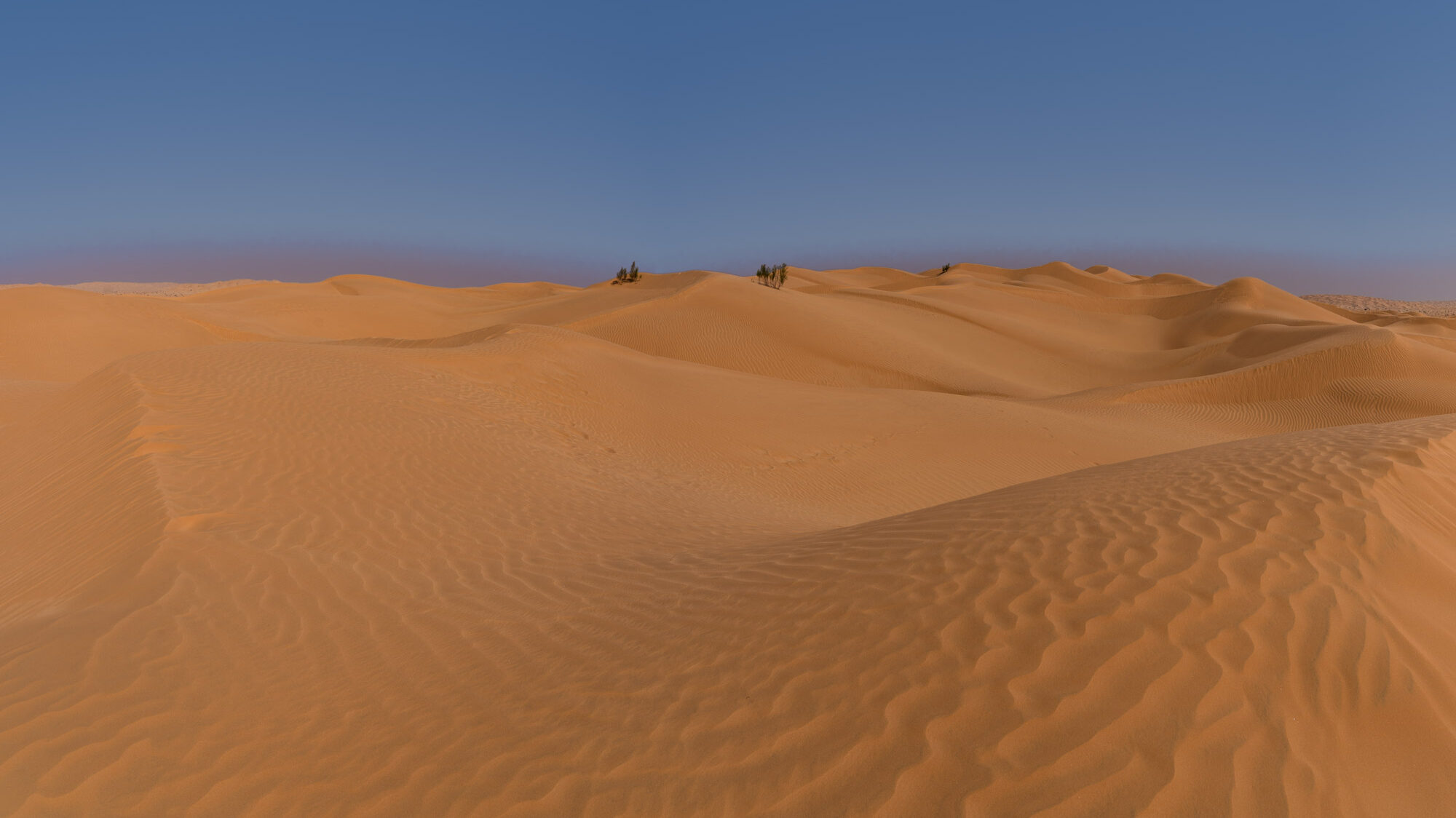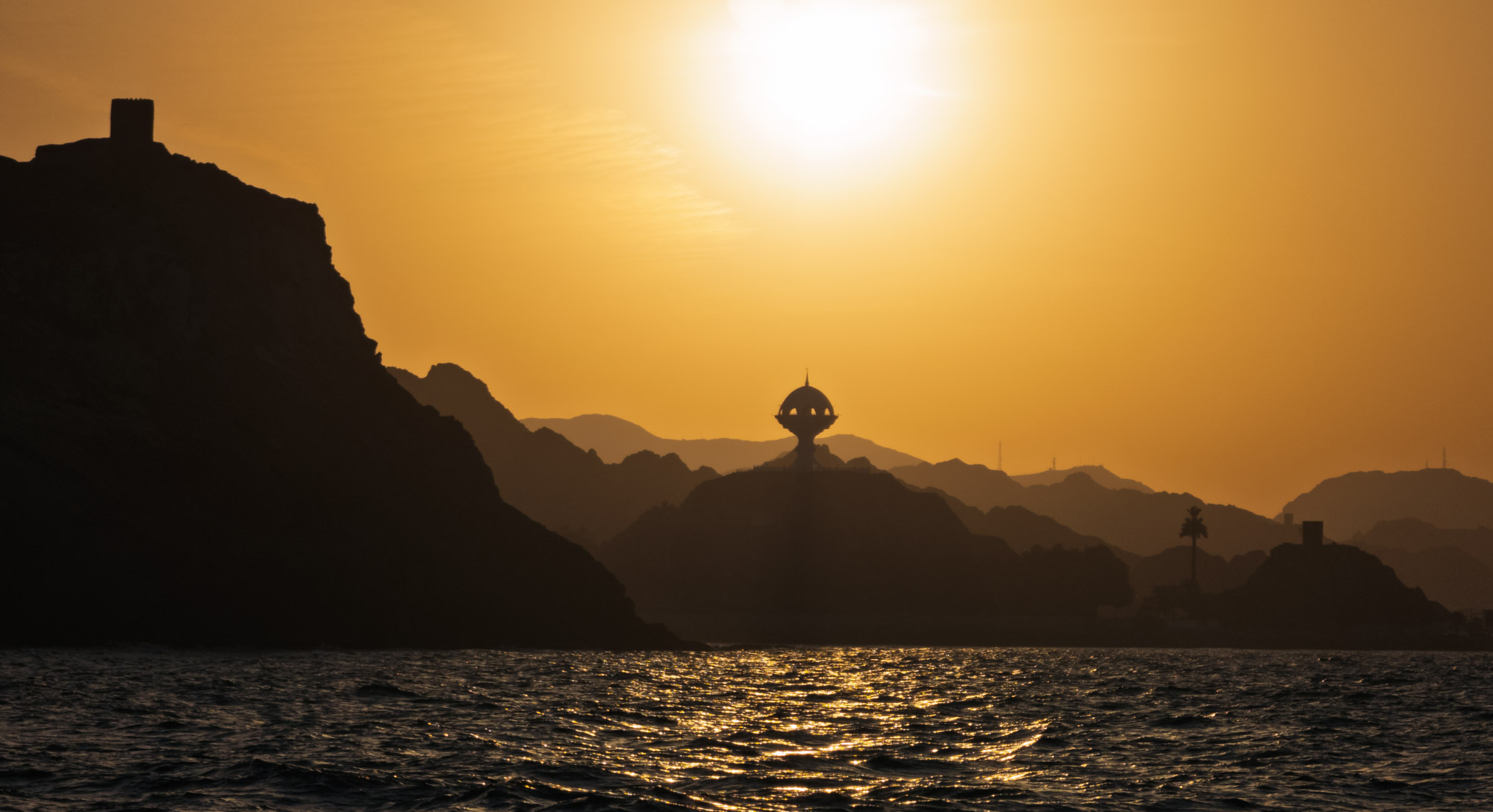Oman: An Epic Journey from Salalah’s Shores to the Heights of Jebel Shams
Oman, the jewel of Arabia, offers a rare blend of ancient history, dramatic landscapes, and warm hospitality. This is the tale of a twelve-day odyssey that moved from the frankincense groves of the south to the majestic mountains and storied forts of the north.
Part I: Whispers of the South – Salalah & Dhofar
The journey began not with a soft landing, but with a whirlwind transit through the colossal hub of Doha before the final descent into Salalah. After the long haul, the immediate immersion into Omani life was complete: a vibrant, bustling resort complex serving as the initial base. Day two offered a gentle introduction, a day of acclimatization spent soaking up the warmth, watching the slow, rhythmic pace of life settle in.

The true exploration of the Dhofar region began on day three. To the east, the fortified presence of Taqa Fort stood guard, a small but vital checkpoint of old. Further along the coast lay the UNESCO World Heritage ruins of Sumhuram. Dating back to the 4th Century BC, this ancient port city, nestled by the natural breakwater of Khor Rori, was once the key conduit for exporting the precious commodity that defines this region: frankincense. The scent of history hung heavy in the air.
The trail continued to Mirbat, pausing first at the tranquil, dome-topped Bin Ali’s Tomb, a revered site surrounded by a vast cemetery. Mirbat’s old town, with its charming but crumbling merchant houses, offered a glimpse into a former era, its decay a testament to nature’s power when it was hit by a cyclone. Later, heading west, a dramatic, rocky promontory showcased nature’s theatre—powerful waves driven into coastal blowholes, sending plumes of spray high into the air. From this vantage point, the proximity to Yemen, just 70 km away, was a stark reminder of the region’s strategic position.
Into the Sands of Legend
Day four was an expedition into the heart of the great unknown: The Empty Quarter (Rub’ al Khali). This immense expanse, reportedly the largest contiguous sand desert in the world, delivered a spectacular display of towering, pristine dunes. It’s an environment so vast and isolating, and so full of sand that even a short walk results in you leaving with a small souvenir dune in one’s shoes!
Deep within this inhospitable desert lies the Lost City of Ubar. Once considered a myth, this UNESCO site was uncovered by a satellite survey in 1992. Though little remains visible, a colossal central cavern hints at the city’s water source and perhaps, the very cause of its rumoured demise—sinking into the desert without a trace. A final stop in the Dhofar interior provided a valuable lesson in local botany, visiting a valley filled with frankincense trees to witness the ancient method of harvesting their aromatic resin.

The final morning in Salalah was dedicated to culture and commerce. A visit to the Sultan Qaboos Mosque offered fascinating insights into the five pillars of Islam and the practices of daily prayer. The stately Al Husn Palace, though not accessible, highlighted the expansive royal presence. No visit is complete without a stop at the frankincense souk near Al Hafa Beach, where the air is thick with the resin’s intoxicating fragrance.
Adjacent to the stalls, the Museum of the Land of Frankincense revealed Oman’s rich trading and maritime legacy, including the surprising historical connection to Zanzibar. The neighbouring Al Baleed Archaeological Park, featuring the expansive ruins of the medieval port city Zafar (visited by Marco Polo), provided a majestic send-off before the flight north to Muscat.
Part II: The Hajar Mountains and Coastal Wonders
Touching down in Muscat, the pace immediately shifted. The next morning, the northern adventure began by tracing the stunning, Chinese-built highway along the rugged Al Hajar Mountains.

The dramatic sinkhole known as Bimmah was the first point of interest, though today it struggles to retain its natural serenity, framed by concrete infrastructure designed to manage high tourist numbers. A more successful encounter with Omani nature was found at Wadi Shab, a lush, palm-filled canyon where turquoise and green waters flow through the rock. The new highway bridge, rather than detracting, surprisingly framed the wadi entrance perfectly, creating an unexpected photographic composition.
The afternoon led to Sur, a historic seafaring town renowned for its Dhow shipyards. Here, one could wander among craftsmen repairing the sturdy wooden vessels, witnessing a living tradition of Omani maritime prowess. The day culminated at the Ras Al Jinz turtle sanctuary. After dark, small groups were led onto the beach where the true magic unfolded: watching a large Green Turtle painstakingly lay her eggs, and later, witnessing the thrilling, chaotic dash of newly hatched baby turtles making their first, desperate journey to the sea—an unforgettable moment of natural wonder.
Canyons, Castles, and Dunes
The next day provided a stark contrast. Wadi Bani Khalid, often photographed as an oasis, also revealed the impact of tourism, with crowds and the jarring sound of cement mixers near the swimming area. A peaceful retreat was found by following the ancient Falaj irrigation channel, shaded by date palms and offering a tranquil escape from the noise.
The drive soon gave way to the deep desert, and the bumpy, hour-long trek to the 1000 Nights Desert camp. A stay in a luxurious desert tent provides welcome relief from the pervasive heat. The desert experience included a close encounter with Omani culture: a skilled falcon demonstration and a truly generous, traditional lunch hosted by a local Bedouin family. While the golden sunset views were muted by haze, the pristine, wind-sculpted texture of the dunes offered ample photographic reward.
Leaving the sands behind, the journey headed for the historic towns of the interior. Ibra’s old town, with its twisting lanes and traditional houses—many now in fascinating states of ruin due to preservation laws preventing demolition—offered an authentic walk through time. Climbing into the cooler heights of Jebel Akhdar (Green Mountain), the dramatic slopes were transformed by terraced farming, showcasing centuries-old ingenuity in cultivating fruit and vegetables amidst the rugged peaks.
Nizwa revealed a city of fascinating contrasts: a modern city lights up alongside the venerable old town. The next morning, the Nizwa Souk, though quiet, provided access to the magnificent city walls and the historic complex of Nizwa Fort and Castle. The castle, with its museum, provides context to the region’s past, while the adjacent 17th-century Jabrin Castle steals the show—its exquisitely carved doors, plasterwork, and painted ceilings illustrating the opulence of Omani nobility.
Finally, the ascent to Jebel Shams, Oman’s “Grand Canyon.” Reaching the viewpoint atop the winding switchbacks is a breathtaking experience, the sheer scale of the gorge a humbling, vertigo-inducing spectacle.
A Mountain Pass and the Final Farewell
The penultimate day began with a rewarding walk on Jebel Shams, offering further spectacular views along the canyon’s edge. The drive then dipped into the ancient mountain towns of Al Hamra and Misfah, where houses over 400 years old are still occupied, maintaining a powerful connection to the past.
The true highlight of the day was the dramatic, 4×4-enabled traverse through the Al Hajar mountains via the perilous but stunning road from Balid Seet to Wadi Bani Awf. This drive through remote, towering terrain, with small, hidden villages tucked into the valleys, showcases Oman’s unparalleled natural beauty. A brief photo stop at Nakhl Fort marked the successful exit from the mountains and the return to the capital, Muscat.

The final day was dedicated to the capital’s finest: the spectacular architecture of Muscat’s Sultan Qaboos Grand Mosque, the cultural immersion of the Bait Al Zubai Museum, and the striking blue-and-orange columns of the Sultan’s Palace against the waterfront. The curtain fell on this Omani adventure with a serene, final Dhow cruise, watching the sun set behind Muscat, a perfect, quiet ending to a grand and varied exploration.

